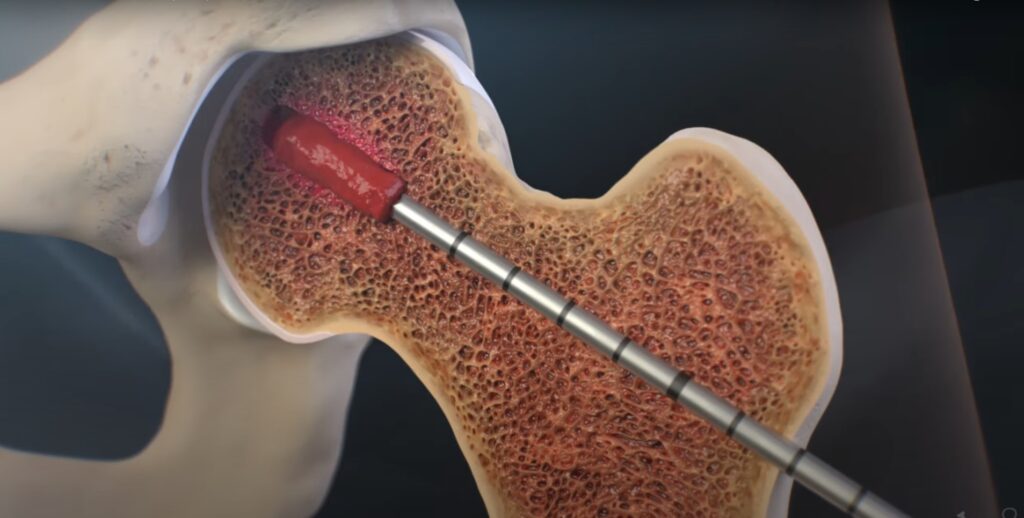Hip preservation surgery can be your best course of action if you have a painful hip problem such hip dysplasia, hip impingement, or avascular necrosis (AVN) but haven’t yet experienced substantial arthritis. Hip preservation surgery can lower the chance of developing early arthritis and the need for hip replacement surgery down the road in addition to relieving hip discomfort and restoring normal hip function.

Why Hip Preservation is needed?
If you’re dealing with a painful hip issue like hip dysplasia, hip impingement, or avascular necrosis (AVN), and you haven’t experienced significant arthritis yet, opting for hip preservation surgery could be your top choice. Besides relieving hip pain and restoring regular function, this surgery can lower the chances of early arthritis development and the necessity for hip replacement surgery in the future.
Conditions treated by Hip Preservation Surgery
Hip Preservation Surgery is needed for following conditions:
- Avascular necrosis
- Cartilage injury
- Abnormalities in femoral version
- Hip dysplasia (including developmental or congenital dysplasia)
- Hip impingement (also known as femoroacetabular impingement)
- Hip pain
- Hip labral tear
- Osteochondritis Dissecans (OCD)
- Shallow acetabulum
Diagnosis & Treatment
Diagnosis
Diagnosis plays a pivotal role in crafting your treatment strategy. When assessing hip issues, we consider factors such as your age, activity level, treatment objectives, and priorities. We also examine the anatomy, structure, and movement mechanics of your hip joint. Additionally, we assess the condition of your cartilage, which is crucial in determining your suitability for hip preservation treatment. Advanced imaging tests are employed to ensure precise diagnosis, which may include:
- X- Ray
- MRI
- CT Scans
Treatment
The Hip Preservation program offers cutting-edge treatment options for hip joint injuries, employing specialists trained in the latest techniques to aid patients in resuming their sports or active lifestyles.
Non Surgical Treatments
For those who prefer nonsurgical approaches, options such as
- Physical therapy,
- Manual therapy,
- Aquatic therapy,
- Injections,
- Active release technique, and
- Anti-inflammatory medications are available and often prove effective in alleviating pain.
Surgical Treatment
If your condition fails to respond to non-surgical treatment, hip preservation surgery might be advised. Apart from alleviating pain and enhancing overall function, this surgery offers the additional advantage of decreasing the likelihood of arthritis and the need for joint replacement, especially in patients with healthy cartilage.
Following are the surgical treatments:
- Repair of abductor tendon (gluteus medius/minimus) tears: This procedure utilizes both arthroscopic and open techniques to mend and reconstruct tears in the tendons of the hip.
- Advanced methods for cartilage repair and restoration: These treatments, often combined with other hip preservation procedures, employ arthroscopic and open techniques to address focal injuries in the hip’s cartilage. Our specialists offer specific treatments including:
- Microfracture
- Autograft and allograft procedures for osteochondral repair
- Allograft transplantation for osteochondral repair
- Procedures for chondrocyte implantation
- Core decompression: This minimally invasive procedure is aimed at treating avascular necrosis (AVN or osteonecrosis) of the hip. It involves relieving pressure in areas of necrotic bone tissue and simultaneously injecting stem cells harvested from the patient’s own body into the hip to stimulate the regeneration of new, healthy bone tissue.
- Femoral osteochondroplasty: This procedure involves reshaping or removing bone from the head and neck of the femur to improve its natural fit within the hip socket.
- Femoral osteotomy: This open surgery is performed to alter the shape or position of the femur, aiming to enhance gait mechanics.
- Femoral retroversion: An open surgical procedure to adjust the positioning of a femur that is excessively rotated forward.
- Free-fibular vascularized bone grafting: This specialized open technique is utilized to address avascular necrosis.
- Hip arthroscopy or revision: A minimally invasive surgery used to treat internal hip joint damage, such as cartilage injuries and areas of femoroacetabular impingement (FAI).
- Treatment for hip dysplasia: A notable feature of our center is the utilization of periacetabular osteotomy to correct hip dysplasia. We are the only ones in the area who offer this method for treating hip dysplasia.
- Hip impingement treatment: A series of procedures aimed at removing bone that is causing pinching or bumping into the labrum, or correcting bone deformities.
- Hip labral tear repair: This treatment involves repairing or reconstructing the labrum and addressing the root cause of the tear, whether it’s hip impingement or hip dysplasia. Treating these underlying conditions is crucial as they often lead to arthritis and the need for hip replacement.
- Periacetabular osteotomy (PAO)/Ganz osteotomy: An open surgery performed to reorient the hip socket, improving coverage of the femoral head within the socket, especially for dysplastic (shallow) hips. This procedure may also be conducted as an anteverting PAO to correct a hip socket that is positioned towards the back.
- Pincer osteochondroplasty: This procedure involves removing excess cartilage from the hip socket to facilitate a more natural fit of the femoral head.
Who is fit for hip preservation?
You may be a candidate for hip preservation if you:
- Are younger than 60 years old.
- Experience hip impingement.
- Have hip dysplasia.
- Suffer from hip pain due to a labral tear.
Some younger patients, particularly athletes, may develop additional bone growth on the ball or socket of the hip joint. This extra bone can cause friction during movement, leading to tears in the hip labrum and damage to the joint’s cartilage. This causes discomfort and may ultimately result in osteoarthritis due to the mechanical wearing down of the cartilage.